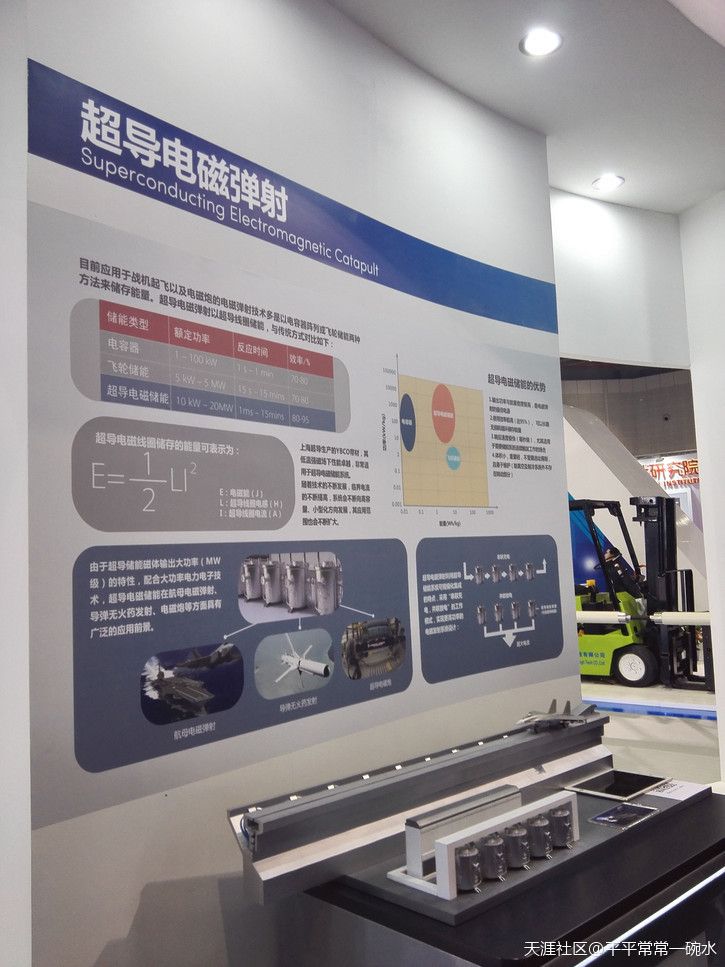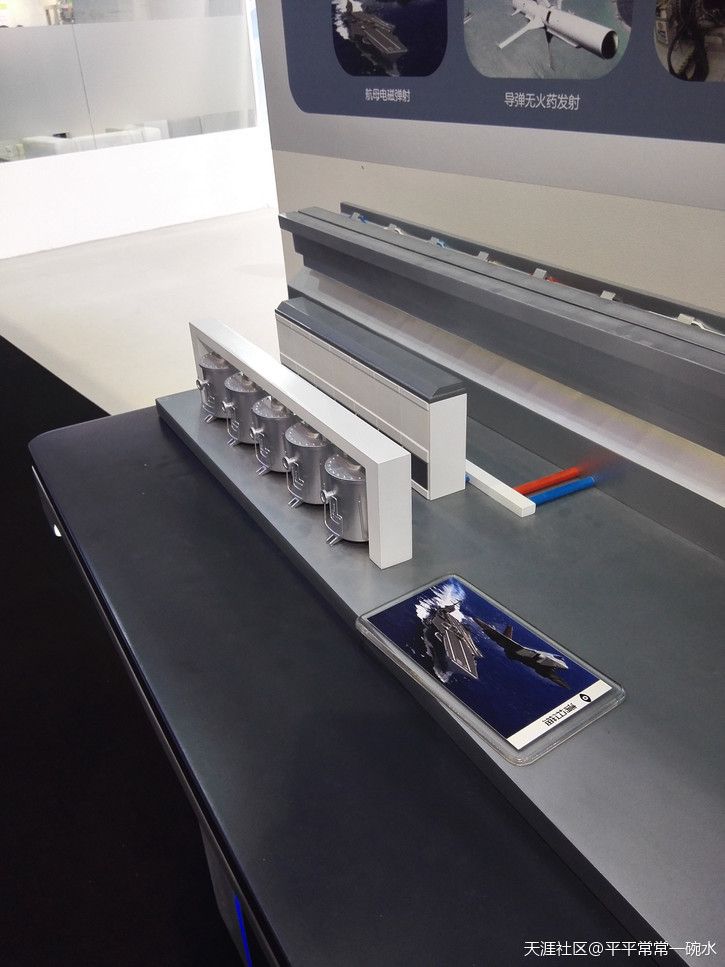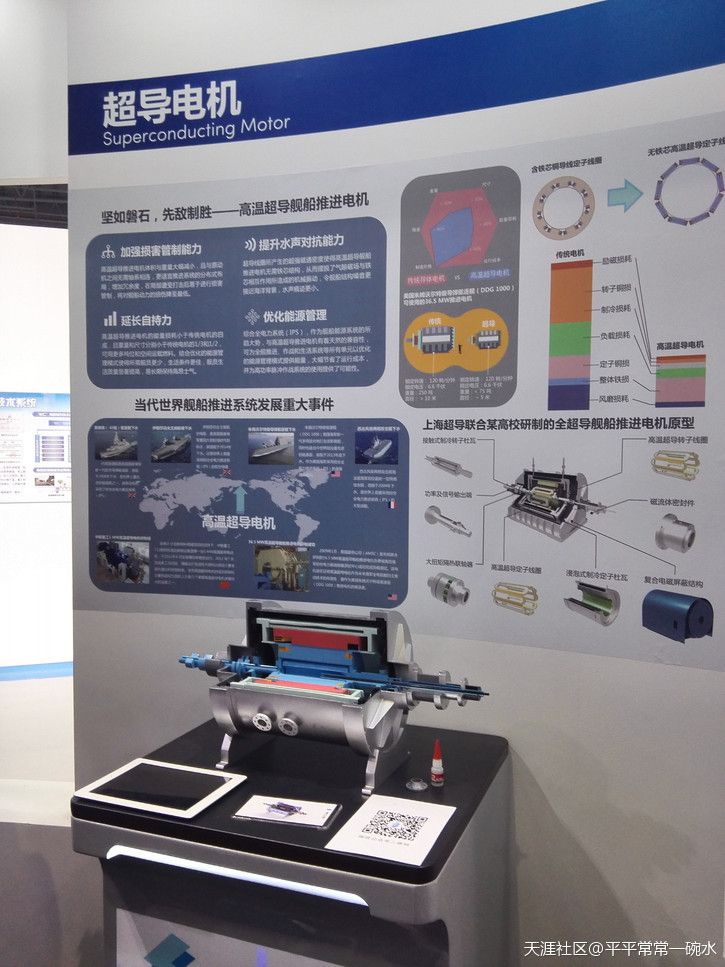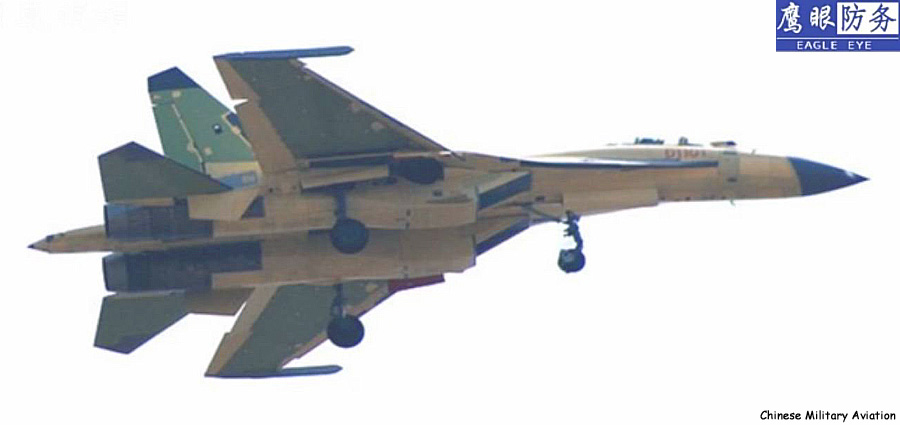Hongjian
Posts: 834
Joined: 1/2/2015
Status: offline

|
An interesting piece of news, that might give us some insights into the Chinese RAM-coating/RCS reduction research. Further comments are made by veroth, a PhD of RF-engineering over at China-Defese forum discussing several things about RCS reduction and stealth-coating:
http://www.defenseone.com/technology/2015/11/chinese-scientists-unveil-new-stealth-material-breakthrough/123622/
quote:
Chinese Scientists Unveil New Stealth Material Breakthrough
NOVEMBER 11, 2015 BY PATRICK TUCKER
Planes and warships just got a lot harder to see with microwave radar. Technology
A group of scientists from China may have created a stealth material that could make future fighter jets very difficult to detect by some of today’s most cutting-edge anti-stealth radar.
The researchers developed a new material they say can defeat microwave radar at ultrahigh frequencies, or UHF. Such material is usually too thick to be applied to aircraft like fighter jets, but this new material is thin enough for military aircraft, ships, and other equipment.
Today’s synthetic aperture radar use arrays of antennas directing microwave energy to essentially see through clouds and fog and provide an approximate sense of the object’s size, the so-called radar cross section. With radar absorbent material not all of the signal bounces back to the receiver. A plane can look like a bird.
“Our proposed absorber is almost ten times thinner than conventional ones,” said Wenhua Xu, one of the team members from China’s Huazhong University of Science and Technology, in a statement.
In their paper, published today in the Journal of Applied Physics, the team describes a material composed of semi-conducting diodes (varactors) and capacitors that have been soldered onto a printed circuit board. That layer is sitting under a layer of copper resistors and capacitors just .04 mm thick, which they called an “active frequency selective surface material” or AFSS. The AFSS layer can effectively be stretched to provide a lot of absorption but is thin enough to go onto an aircraft. The next layer is a thin metal honeycomb and final is a metal slab.
The good news: the material isn’t locked away in a lab but published openly, so it’s not going to surprise anyone.
Stealth is considered by many to be one of the key technologies that enabled U.S. military dominance throughout the last century, effectively neutralizing, or offsetting, technological gains made by rival nations and the Soviet empire.
“In the 1970s, Secretary of Defense Harold Brown, working closely with Undersecretary – and future Defense Secretary – Bill Perry, shepherded their own offset strategy, establishing the Long-Range Research and Development Planning Program that helped develop and field revolutionary new systems, such as extended-range precision-guided munitions, stealth aircraft, and new intelligence, surveillance, and reconnaissance platforms,” former Defense Secretary Chuck Hagel said at a November 2014 event outlining the Pentagon’s newest technological push.
The F-35’s stealth capabilities are often touted as the jet’s most valuable feature. But in 2009, China was reportedly able to steal design and electronics data related to the program. China’s J-31 fighter resembles the F-35 to an uncanny degree, leaving many to wonder if the electronics on the inside are a match as well.
The publication today won’t answer that question but does speak to a growing Chinese capability in stealth technology, an area where the United States once had clear dominance.
veroth's review of that article:
quote:
quote:
http://www.defenseone.com/technology/2015/11/chinese-scientists-unveil-new-stealth-material-breakthrough/123622/
Chinese Scientists Unveil New Stealth Material Breakthrough
NOVEMBER 11, 2015 BY PATRICK TUCKER
From this journalist's LinkedIn profile, he has no credential in engineering or physics. Nonetheless, it's surprising that he makes certain reading comprehension mistakes.
The DOI link to the paper in the Journal of Applied Physics was not copied when posted in CDF. Here is the link: http://dx.doi.org/10.1063/1.4934683
quote:
Today’s synthetic aperture radar use arrays of antennas
This is absolutely wrong. Synthetic aperture radars do not need to use antenna arrays (using antenna arrays is an option, not a necessity). SAR works by transmitting and then recording the time varying return signal at multiple radar positions (i.e. the radar system is physically moved multiple times). After performing signal processing, one can obtain spatial resolution that is far smaller than the size of the radar beam. This is the main advantage of SAR.
quote:
In their paper, published today in the Journal of Applied Physics, the team describes a material composed of semi-conducting diodes (varactors) and capacitors that have been soldered onto a printed circuit board. That layer is sitting under a layer of copper resistors and capacitors just .04 mm thick, which they called an “active frequency selective surface material” or AFSS. The AFSS layer can effectively be stretched to provide a lot of absorption but is thin enough to go onto an aircraft. The next layer is a thin metal honeycomb and final is a metal slab.
This is a very retarded mistake because it's simply basic reading comprehension. The honeycomb isn't metal. It's low loss dielectric as written in the paper:
quote:
Quote from: 'JAP paper'
The third layer, used as a separation layer, is a 7.0-mm honeycomb with very low dielectric loss (ε=1.07(1-i0.0024) and μ=1) in the frequency range studied here.
Finally, I don't think this journalist understands that the metal slab that forms the final layer is a representation of the aircraft's metallic structure.
quote:
quote:
Hongjian on Today at 13:13:36: Thanks for the clarification and review, veroth. So, do you regard this concept as a viable solution for achieving broadband RCS reduction?
I don't pretend to be able to predict the future. It might work, it might fail because of compatibility issues for RCS reduction at the more important X-band. Who knows.
One thing to note is that this concept of tunable absorption bandwidth is not new. Just read the citations of past works, they cited this paper ( http://www.crossref.org/iPage?doi=10.1049%2Fel%3A20030685 ) by a UK group from 2003 (Why didn't the journalist pick this up? Cuz he's dumb.). The Chinese work here is still very interesting and novel because it operates at lower frequency and with much wider tuning range (both absolute and relative), and it was made and tested for conditions that are more appropriate for aircraft RCS reduction.
EDIT: For those that cannot access the papers, I want to add that there are significant differences in architecture between the 2003 UK paper and what is presented here. Objectively, the concept in the Chinese publication is far superior for radar stealth applications (far thinner, actually designed with this application in mind).
So, if this has any indication of the J-20's and future Chinese stealth fighter/bomber concepts, it would look to me that China's pursuit for broadband-stealth, like with the B-2 Spirit, indicates that China has strike and "AWACS assassination" roles in mind.
Generally, what he also says, is that larger planes are inherently more capable to achieve broadband stealth than smaller stealth fighters, as portrayed in the database with the superior stealth capabilities of the B-2 compared to even the F-22 and F-35.
His quote in a very technical thread:
quote:
For starters, what is RCS?
RCS is a purely made up parameter. It's designed to serve as a short hand description of the relationship between the magnitude of the electric field of an electromagnetic plane wave incident on an object, and the magnitude of the electric field of the plane wave scattered off of it in one particular direction. As a made up parameter, RCS is designed in such a way that it can be conveniently used. Which is why it has units of area, and that it was defined with a metal sphere as a reference. Hence my previous posts on a metal sphere's RCS and its geometric cross section.
Qualitatively, the larger magnitude of the scattered electric field toward one direction, the larger the RCS for that direction. Since a lot of radar systems are monostatic, where the transmitter and receiver are located in the same place, therefore monostatic RCS is a description of the scattered electric field magnitude in the direction that is the same as the incident wave.
Monostatic radar stealth is achieved by reducing the electric field strength going back into the radar. Because drastically attenuating EM waves with lossy layers is not practical (require very thick layers hence weight and size issues), stealth is achieved mostly by designing the aircraft such that most of EM wave energy is scattered in a direction that is not the same as the incident direction. (One of the consequence of this point is why bistatic and multistatic radar systems receive attention and money for counter-stealth applications.)
The control of the direction to which the EM wave is scattered is accomplished by the shape of the aircraft's surface, the material properties of the dielectric coating(s), by the coating's (or coatings') thickness(es), and by the shape of the metal skin underneath, all being equally important.
One of the problems with a layman's evaluation of an aircraft's stealthiness is that it tends to default into scattering regime in the optical sense (λ<<feature size) because that's what is most intuitive. The problem is that optical scattering regime is not applicable at all. Thus, the effectively scattered EM wave's electric field is a superposition of fields from multiple scattering points off of the aircraft. Hence stealth aircraft is made possible only with computers, which allows engineers to predict the RCS of a certain design in a reasonable amount of time, then optimize and iterate the entire process before manufacturing.
This brings back to the original discussion of stealth. The shapes and materials on the aircraft is designed to direct most of incident EM wave energy onto other directions. To do this in problematic areas such as discontinuities in surfaces (*not true for all cases*) or simply surfaces, the shapes and dielectric layers in that area have to be of comparable size to the EM wavelength. If the shape is much smaller than the wavelength (i.e. Rayleigh scattering regime), it will not be able to achieve this EM wave energy re-direction. Which means, in very general terms, there is no hope of achieving super low RCS using only shaping features that are small compared to the radar wavelength, because these small shapes cannot direct most of the EM wave energy in a way that is desired.
This is why broadband stealth is achievable only in large, not small, aircrafts. Large aircrafts have the surface area to simultaneously fit in large features to direct long wavelength EM waves away from their source, and fit in small features (possibly next to or on top of the large features) to direct the short wavelength EM waves away from their source. Small aircrafts only have room for the small features.
I'm just a layman and cant understand everything, but this might be a indication to why China decided to develop a large stealth fighter like the J-20, and not a lower risk and cheaper smaller stealth fighter like most other asian powers (Japan, South Korea) pursue at the moment. IIRC the J-31/FC-31 still isnt sanctioned by the PLAAF and remains a privately funded venture by Shenyang Aircraft Company. This would give some credence to the "AWACS-killer/Stealth-Striker" theory about the J-20, which is something I'm personally not a fan of... 
|
 Printable Version
Printable Version






























 New Messages
New Messages No New Messages
No New Messages Hot Topic w/ New Messages
Hot Topic w/ New Messages Hot Topic w/o New Messages
Hot Topic w/o New Messages Locked w/ New Messages
Locked w/ New Messages Locked w/o New Messages
Locked w/o New Messages Post New Thread
Post New Thread